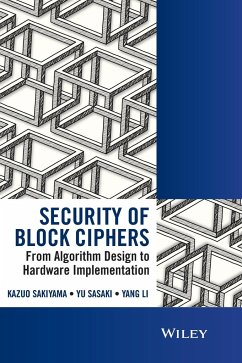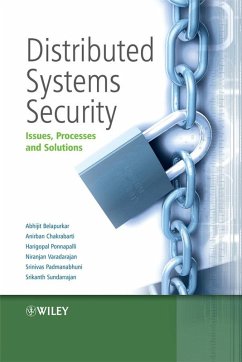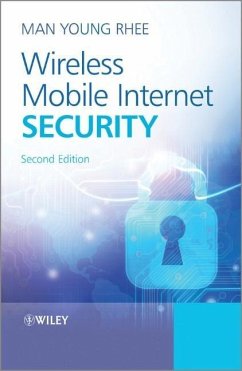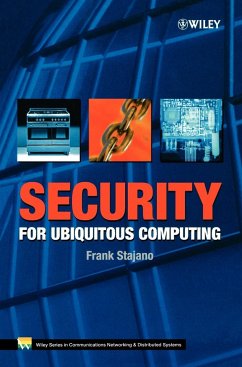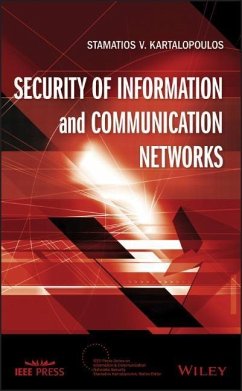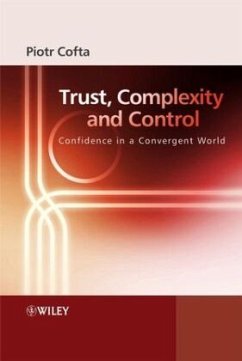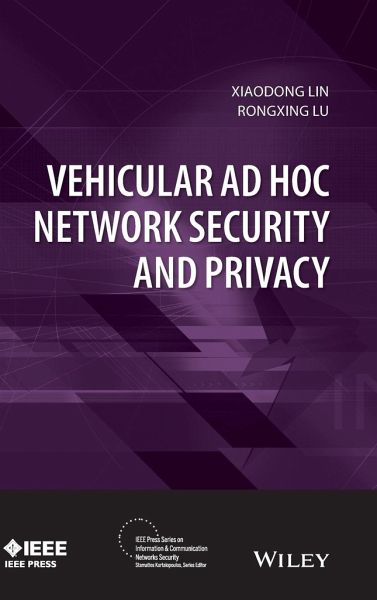
Vehicular AD Hoc Network Security and Privacy
Versandkostenfrei!
Versandfertig in über 4 Wochen
124,99 €
inkl. MwSt.
Weitere Ausgaben:

PAYBACK Punkte
62 °P sammeln!
This book is a complete, single information source of techniques for complex security and privacy issues in vehicular ad hoc networks
Take a cooperative approach towards addressing the technology's challenges of security and privacy issues
Explores interdisciplinary methods by combining social science, cryptography, and privacy enhancing technique
Richly illustrated with detailed designs and results for all approaches used
Introduces standardization and industry activities, and government regulation in secure vehicular networking
Take a cooperative approach towards addressing the technology's challenges of security and privacy issues
Explores interdisciplinary methods by combining social science, cryptography, and privacy enhancing technique
Richly illustrated with detailed designs and results for all approaches used
Introduces standardization and industry activities, and government regulation in secure vehicular networking




